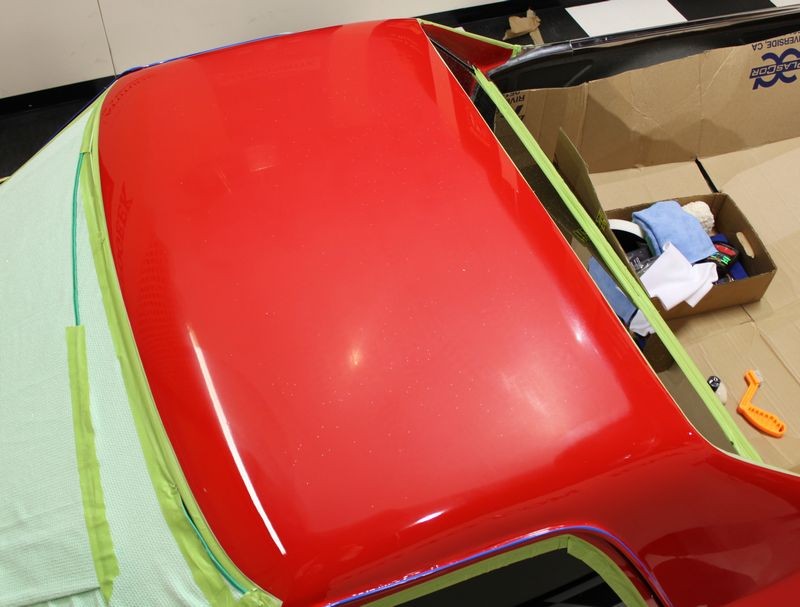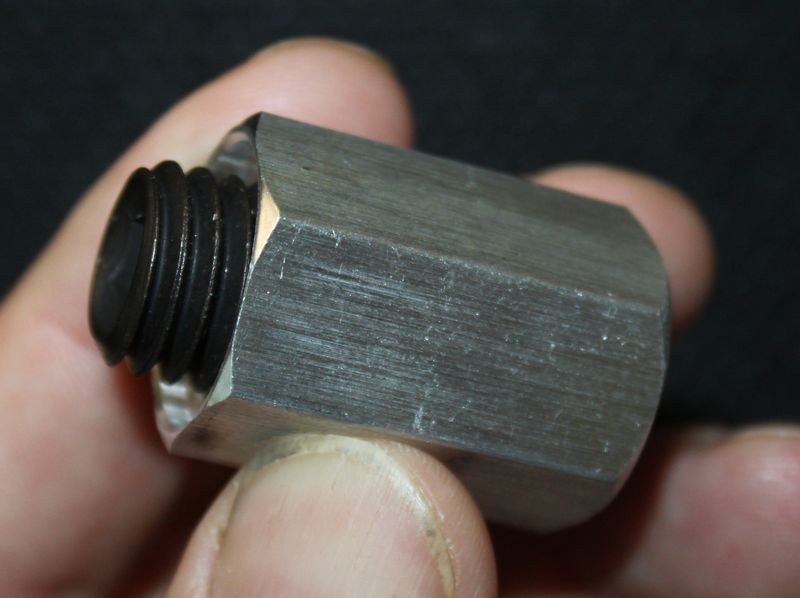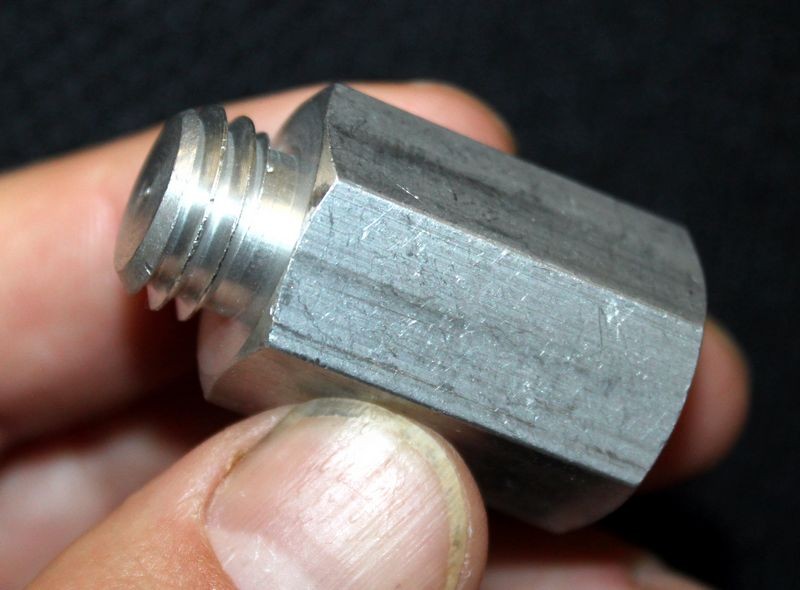Mike Phillips
Active member
- Dec 5, 2022
- 51,004
- 6
Edging - Buffing the paint around edges
Edging or Edge - Buffing along an edge to knock it out before buffing out the rest of the major portions of the panel. By edging a panel first you don't have to buff near the edges as close when you switch over to a larger pad to buff out the panel.


Edging or Edge - Buffing along an edge to knock it out before buffing out the rest of the major portions of the panel. By edging a panel first you don't have to buff near the edges as close when you switch over to a larger pad to buff out the panel.











